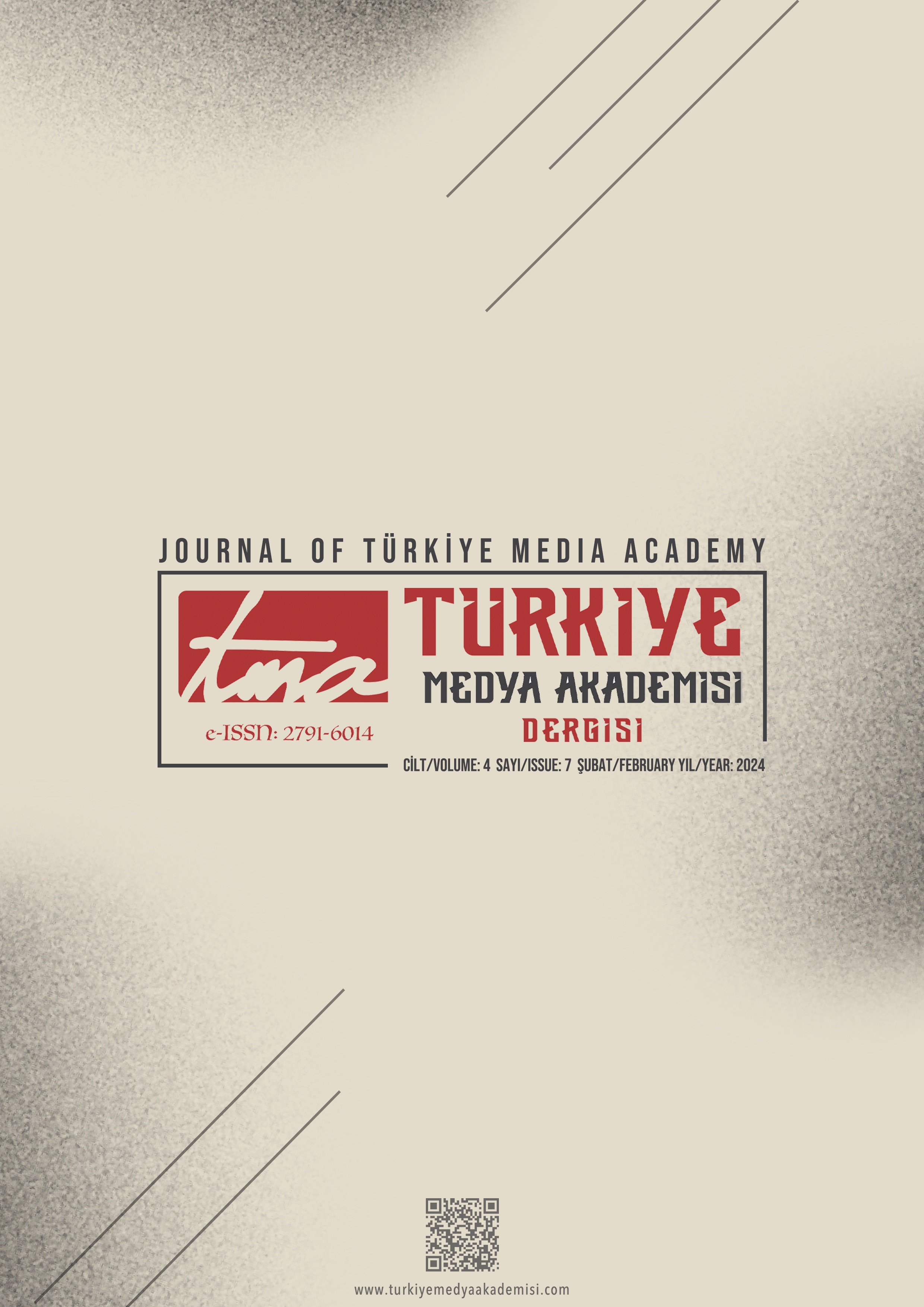What Is Not Metaverse? An Academic Discussion on the Virtual World
DOI:
https://doi.org/10.5281/zenodo.10715739Keywords:
Digitalization, Metaverse, Virtual Universe, Virtual Reality, Augmented RealityAbstract
Interaction in the digital environment became possible with web 2.0 technologies.Virtual networks such as Facebook, Instagram social media, which includes these networks, have provided functional opportunities in many different fields.However, the digital world has continued to develop and transform with much more. In particular, the concept of Metaverse has started to be discussed by different field experts as a new world. The Metaverse provides an environment that can be navigated in the virtual world with a single identity called “avatar”. In the background of this virtual world, there are application structures such as basic infrastructure, interfaces, decentralization and experience. Explaining and defining the Metaverse in terms of its structural richness and functionality becomes complex, especially in the field of social sciences. In order to better understand the question "what is the Metaverse?", it is necessary to answer the question "what is not the Metaverse?". For this answer, it is important to look at the scientific studies on the Metaverse and to examine the articles on the subject in the short period from the emergence of the Metaverse to the present day. In this study, an in-depth literature review was conducted and a discussion was carried out for the field of social sciences in order to solve the confusion of the meaning of the Metaverse, which has important social-based economic, social, psychological, etc. effects with digital applications in different countries.It is predicted that this discussion will shed light on new studies, especially since there are no detailed resources on this subject in Turkish literature.
Downloads
Published
Versions
- 23-10-2024 (2)
- 28-02-2024 (1)
How to Cite
Issue
Section
License
Copyright (c) 2024 Journal of Türkiye Media Academy

This work is licensed under a Creative Commons Attribution-NonCommercial 4.0 International License.


